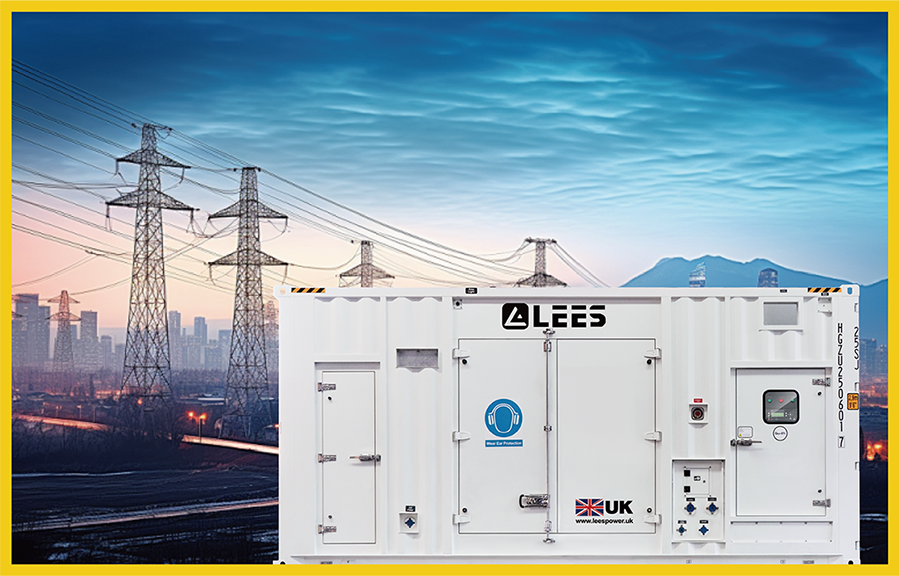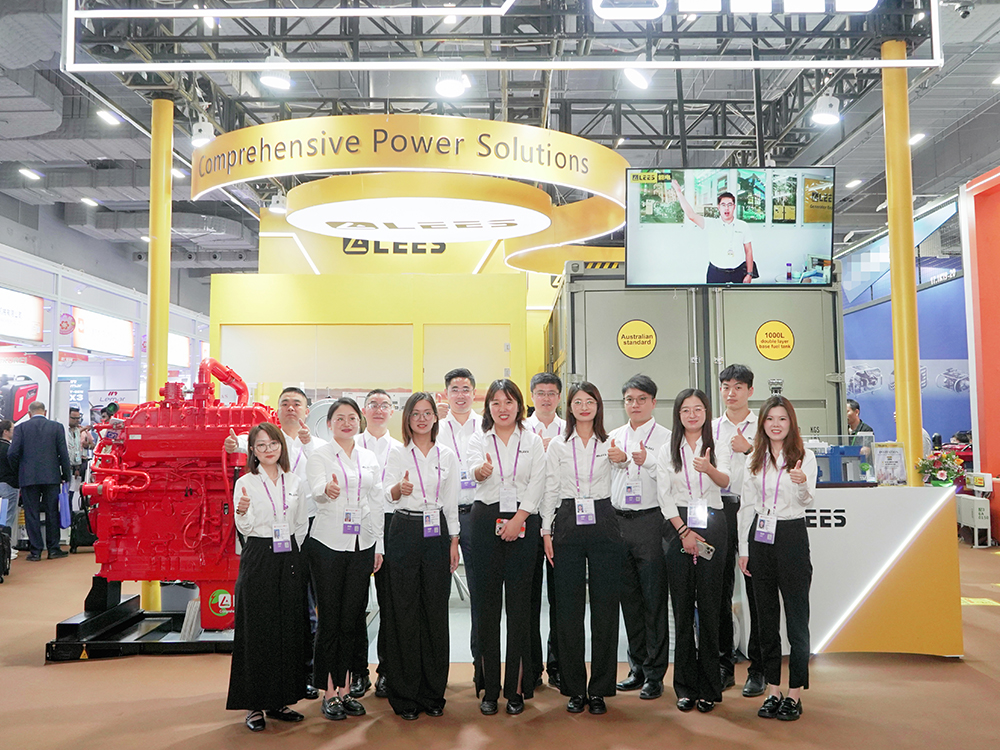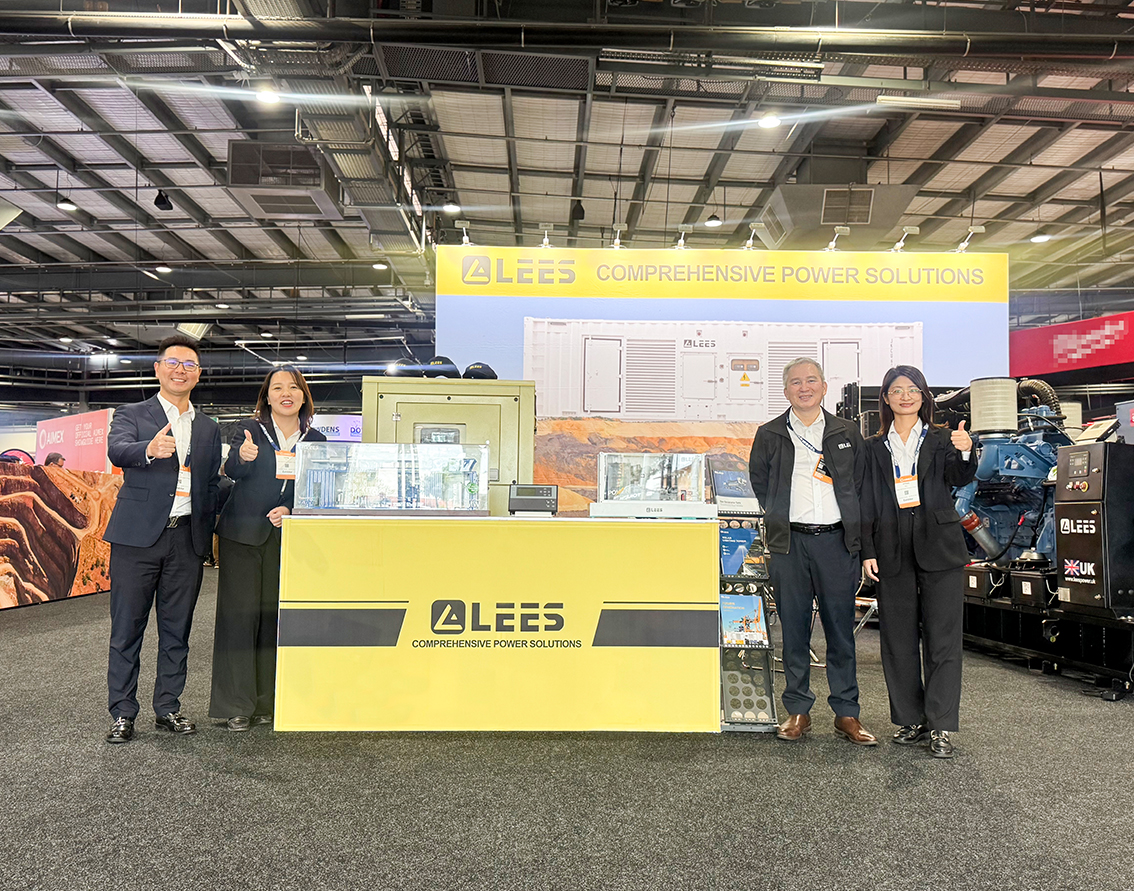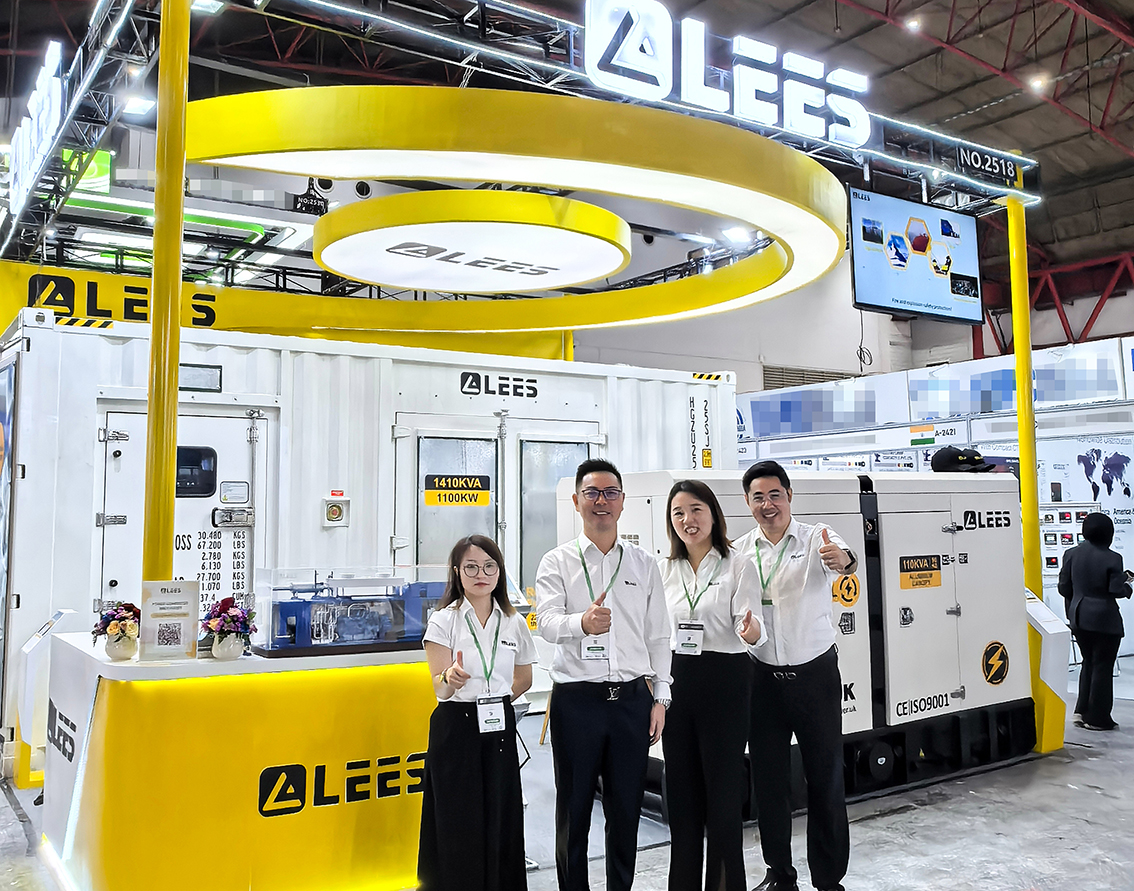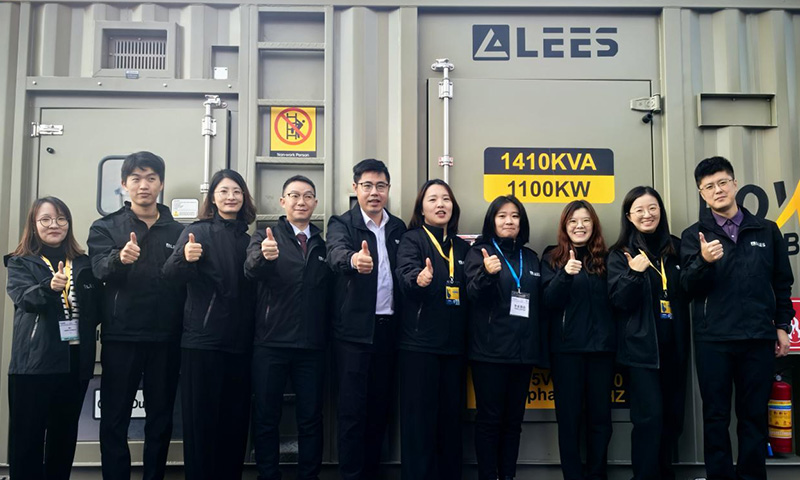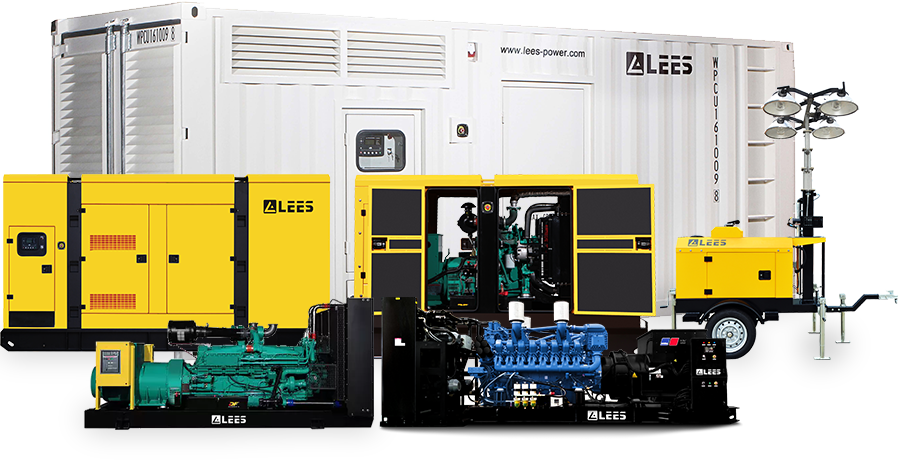Project Overview
Engine: Cummins Engine Alternator: Stamford Alternator
Controller: DEIF AGC4 MKII Air filter: Donaldson heavy-duty air filter G180031*3
Oil-water separator: Parker oil-water separator (triple assembly)
Technical Difficulties and Requirements:
The overall operating life of the generator sets must exceed 25 years.
Each unit must run for a minimum of 6,000 hours annually.
At 75% load, the comprehensive fuel consumption must not exceed 203g/kWh.
The maximum on-site ambient temperature in summer can reach 55℃.
Four control modes must be supported: automatic paralleling, droop adjustment output, emergency black start (the time from receiving the start signal to the input voltage after 15 units are successfully paralleled is less than 10 seconds), and manual paralleling & grid connection.
The system must support four control modes: automatic paralleling, droop control output, emergency black start (with a time of less than 10 seconds from receiving the start signal to achieving input voltage after 15 units are successfully paralleled), and manual paralleling with grid connection.
The project is intended for peak shaving of the national grid in a West African country, with each generator set operating for 6,000 hours annually.
Both Phase I and Phase II comprise small-group independent power stations connected in parallel at the total output side, with the voltage subsequently stepped up to 110 kV for grid connection.
Once the on-site 25 MW power station is successfully paralleled with the 15 MW Phase II station, Phase III will introduce a 15 MW photovoltaic plant and a 25 MWh energy storage facility. This will enable hybrid output combining diesel generation, solar power, and energy storage, thereby maximizing fuel savings, reducing operating costs, and optimizing peak power usage.
Project Highlights
Size Optimization
The generator set adopts a 20-foot container design, accommodating a unit that originally required a 40-foot space into a 20-foot container. Compared with traditional 40-foot containers, it achieves more efficient space utilization, reduces transportation costs by half, and minimizes the footprint required for on-site installation.
Reinforce and stabilize the chassis
The generator set chassis is constructed from high-strength H-shaped steel. Even under a load five times the weight of the generator set, the chassis deformation rate remains below 0.05 mm.
Container External Lighting System
Equipped with automatically controlled site lights with light-sensing function, which turn on automatically at night and off during the day, improving the safety and convenience of on-site operations.
Optimized Motor Configuration
Utilizing a 2/3 pitch design, compared to the 5/6 pitch adopted by some manufacturers, the motor offers greater operational margin and superior harmonic suppression capability. Following the commissioning of Phase III photovoltaic and energy storage systems, it can effectively absorb substantial harmonics generated by other grid-connected equipment.
Container Protection
Designed to Class C5 protection level, the container delivers superior anti-corrosion performance and extended service life.
Enhanced High-Voltage Insulation Standards
Employing a 17 kV insulation design, with high-voltage cable diameters five times larger than conventional cables. Through reinforced design and upgraded materials for key components, a service life exceeding 25 years is ensured.
Dual Redundancy Protection for Fuel System
A redundancy protection mechanism is added to the conventional fuel supply system. When the fuel level reaches 90%, the main system stops fuel supply. If the valve fails to close, the backup valve will automatically cut off the fuel supply when the liquid level reaches 95%, achieving double protection.
Radiator System
The water tank is designed with a margin greater than 25%, the cooling air volume is greater than 20%, and the thickness of the cooling copper sheets is approximately 1.5 times that of standard water tanks.
Controller System
The control system uses the top-level DEIF AGC4 power station controller.
Multiple Control Modes
The system supports four operating modes: conventional paralleling, pre-excitation closing (reducing the paralleling time of 15 generator sets from the standard 30 seconds to under 10 seconds), droop control (allowing operators to manually adjust active and reactive power based on grid requirements), and manual control. These modes meet diverse operational scenarios while enhancing control flexibility and response speed.
Operation Control Requirements
In emergency situations, at least 12 out of 15 units can complete startup, paralleling, and output within 10 seconds.
Configuration of High-Precision Measuring Equipment
All voltage transformers adopt 0.2 class, and current transformers adopt 0.2S class high precision.


